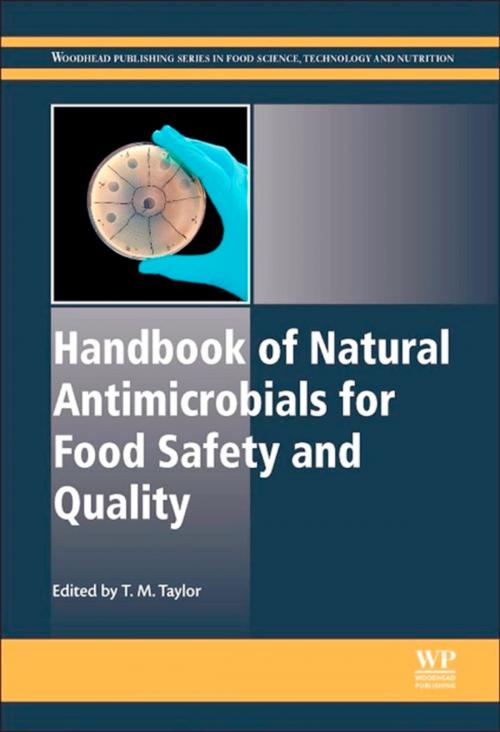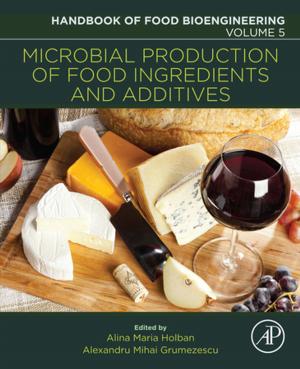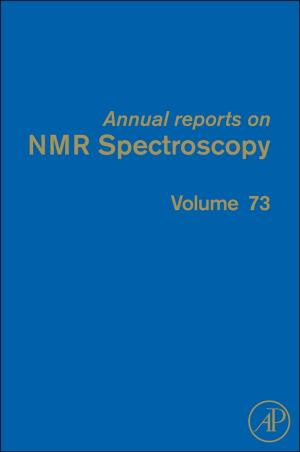Handbook of Natural Antimicrobials for Food Safety and Quality
Nonfiction, Health & Well Being, Medical, Medical Science, Microbiology, Science & Nature, Technology, Food Industry & Science| Author: | ISBN: | 9781782420422 | |
| Publisher: | Elsevier Science | Publication: | November 4, 2014 |
| Imprint: | Woodhead Publishing | Language: | English |
| Author: | |
| ISBN: | 9781782420422 |
| Publisher: | Elsevier Science |
| Publication: | November 4, 2014 |
| Imprint: | Woodhead Publishing |
| Language: | English |
Natural additives are increasingly favoured over synthetic ones as methods of ensuring food safety and long shelf-life. The antimicrobial properties of both plant-based antimicrobials such as essential oils and proteins such as bacteriocins are used in, for example, edible preservative films, in food packaging and in combination with synthetic preservatives for maximum efficacy. New developments in delivery technology such as nanoencapsulation also increase the potential of natural antimicrobials for widespread use in industry. Part one introduces the different types of natural antimicrobials for food applications. Part two covers methods of application, and part three looks at determining the effectiveness of natural antimicrobials in food. Part four focuses on enhancing quality and safety, and includes chapters on specific food products.
- Reviews different types of antimicrobials used in food safety and quality
- Covers how antimicrobials are created to be used in different foods
- Examines how the antimicrobials are used in foods to enhance the safety and quality
Natural additives are increasingly favoured over synthetic ones as methods of ensuring food safety and long shelf-life. The antimicrobial properties of both plant-based antimicrobials such as essential oils and proteins such as bacteriocins are used in, for example, edible preservative films, in food packaging and in combination with synthetic preservatives for maximum efficacy. New developments in delivery technology such as nanoencapsulation also increase the potential of natural antimicrobials for widespread use in industry. Part one introduces the different types of natural antimicrobials for food applications. Part two covers methods of application, and part three looks at determining the effectiveness of natural antimicrobials in food. Part four focuses on enhancing quality and safety, and includes chapters on specific food products.
- Reviews different types of antimicrobials used in food safety and quality
- Covers how antimicrobials are created to be used in different foods
- Examines how the antimicrobials are used in foods to enhance the safety and quality















